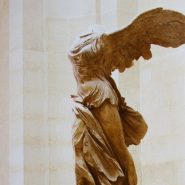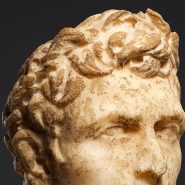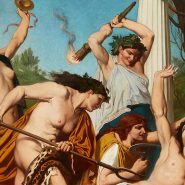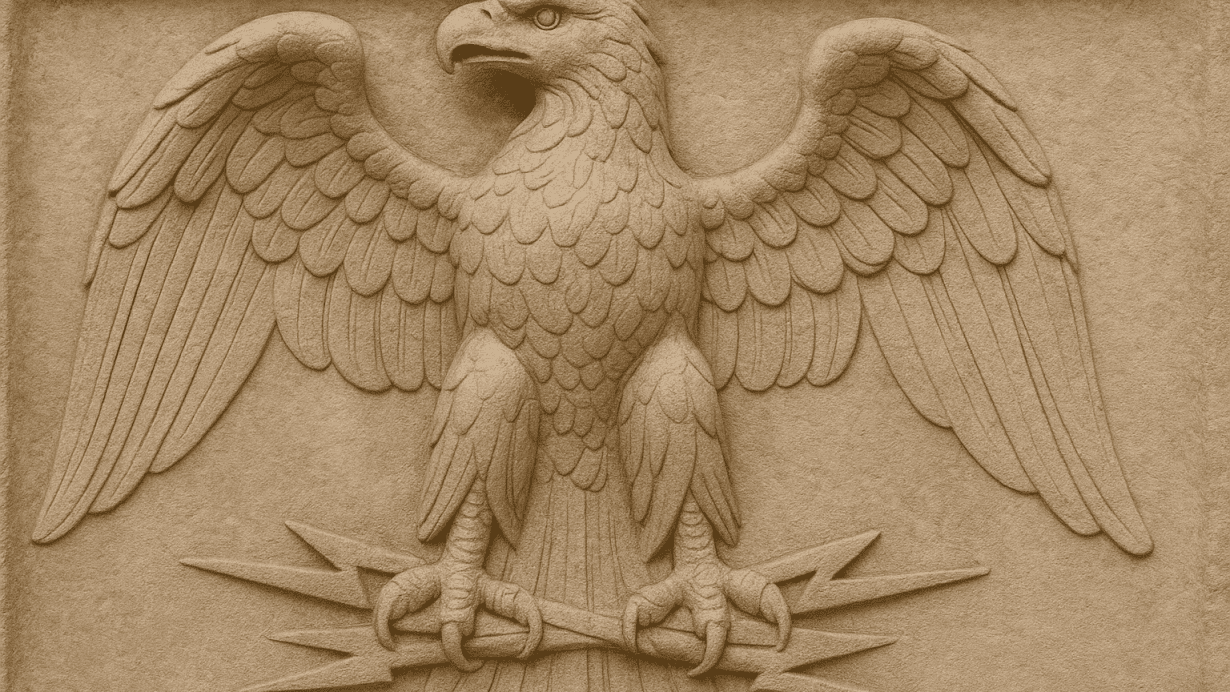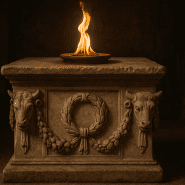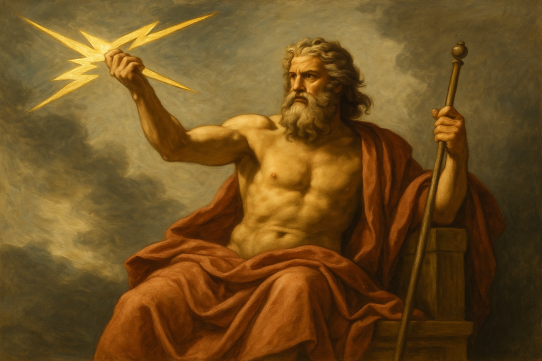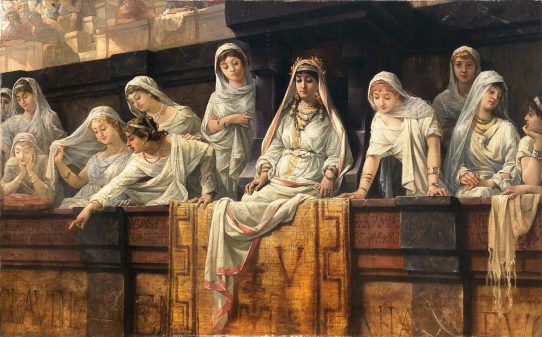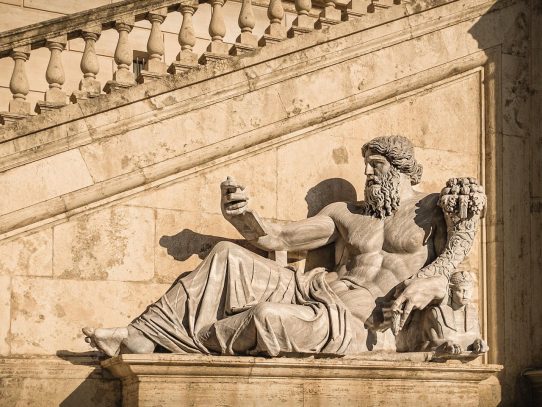Introduction
Among all the symbols of Roman power, none soared higher than the eagle. Known in Latin as the Aquila, it represented Jupiter, king of the gods, and served as the supreme emblem of Rome’s might and divine favor. With its piercing gaze, outstretched wings, and commanding presence, the eagle embodied strength, vision, and the unshakable authority of the Roman state.
Mythological and Religious Origins
In Roman mythology, the eagle was sacred to Jupiter, the ruler of heaven and wielder of the thunderbolt. According to legend, Jupiter chose the eagle as his messenger and companion, granting it dominion over the skies. The bird’s swiftness and power made it the perfect intermediary between gods and mortals, a living symbol of divine will and justice.
The association of the eagle with celestial authority predated Rome, appearing in ancient Mesopotamian and Greek iconography. But the Romans elevated it into a central spiritual and political motif. The Aquila was not merely an image of a bird — it was the very embodiment of Rome’s destiny, carried into battle and worshiped in ritual as an extension of Jupiter’s presence on earth.
The Eagle in the Roman Army
Perhaps the most iconic use of the eagle came in the Roman legions. Each legion carried a sacred standard known as the Aquila, a silver or bronze figure of an eagle mounted atop a pole. It was more than a banner — it was the legion’s soul. To lose it in battle was the greatest disgrace a commander could endure.
The eagle standard was guarded by an aquilifer, a specially chosen soldier who bore immense responsibility. His duty was both spiritual and martial: to protect the symbol that represented Jupiter’s blessing and the unity of the soldiers. When legions marched, the glint of the eagle under the sun inspired courage and reverence. Its presence reminded every soldier that Rome fought not only for empire, but under the eyes of the gods themselves.
Recovering a lost eagle was a matter of national honor. One of Rome’s most celebrated achievements was Augustus’s recovery of the standards lost by Crassus to the Parthians — an event immortalized in art and propaganda as proof of divine restoration and imperial triumph.
The Eagle in Imperial Imagery
As the Roman Republic gave way to empire, the eagle became a symbol of imperial power. Emperors adopted it as a sign of divine legitimacy, depicting eagles on coins, monuments, and thrones. In funerary art, an eagle often appeared rising toward the heavens from a burning pyre, symbolizing the deified emperor’s ascent to join Jupiter among the gods.
The eagle’s majesty also adorned temples dedicated to Jupiter, often placed beside his thunderbolt. It symbolized both heavenly protection and the emperor’s right to rule by divine sanction. Over time, the Aquila came to represent not only a god or an army, but the very spirit of Rome itself — the eternal power that conquered and governed with divine approval.
Symbolism and Meaning
The eagle embodied three intertwined virtues central to Roman identity:
- Strength, through its association with military and divine power.
- Vision, through its unmatched ability to soar high and see far.
- Authority, through its role as Jupiter’s messenger and symbol of rule.
To the Romans, these were the qualities of both gods and statesmen. The eagle’s lofty flight represented the soul’s reach toward greatness and immortality. It was also seen as a protective spirit — an omen of victory when it appeared before battle, and a guide for the departed when depicted in funerary art.
Legacy and Influence
Even after the fall of the Roman Empire, the eagle remained a powerful emblem across civilizations. The Byzantine Empire adopted the double-headed eagle to symbolize dominion over both East and West. Medieval rulers, including Charlemagne and the Holy Roman Emperors, revived the Roman eagle to assert continuity with imperial authority.
In modern times, the eagle continues to symbolize strength and sovereignty. It appears on national emblems, coats of arms, and military insignia across the world — a testament to its enduring legacy as the bird of empire and divinity. Every modern eagle, from heraldry to flag, traces its lineage to the Aquila of Rome and the throne of Jupiter.
Conclusion
The eagle was not merely a bird of prey to the Romans; it was a divine emblem of power, justice, and eternal rule. As the companion of Jupiter and the standard of the legions, it bound heaven and empire together under one soaring image. From its mythic origins to its modern echoes, the Aquila continues to remind us of the heights to which human ambition — and divine authority — can ascend.
